Photographer’s Incredible Nature Shots Were Mostly Taken in His Garden
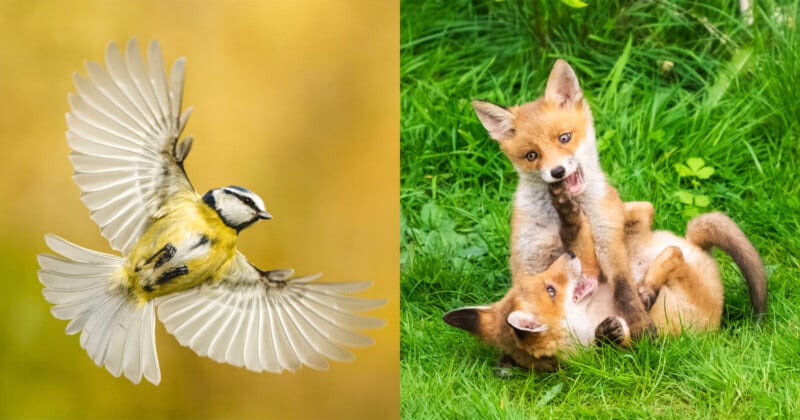
When thinking of nature photography, it’s easy to picture an African savannah, an Amazonian rainforest, or an Arctic plateau.
But of course nature is all around us, and British photographer Andrew Fusek-Peters proves that you don’t have to travel far to capture spectacular nature photos.
Fusek-Peters tells PetaPixel that of the 250 photos in his new book Garden Safari, 72 of them were taken in his garden and 150 of them were taken in his local area.
“What I’m saying is, ‘Look at what’s outside your window, look at what’s in your backyard’,” he says. “It is worthy of study and of conservation concern.”

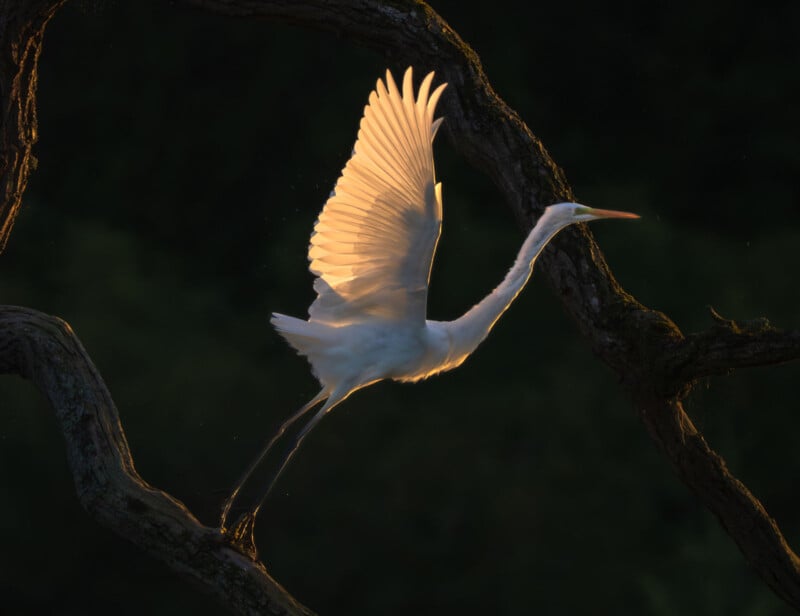
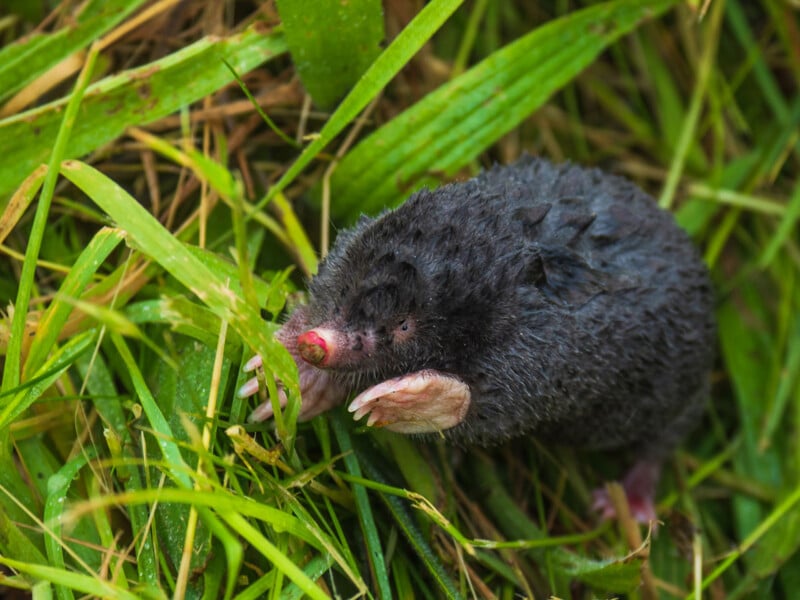
Fusek-Peters is based in Shropshire — a lush, green county in the middle of England. He has spent ten years documenting birds, insects, and mammals, but for the past two years he has concentrated his efforts on the book and sometimes traveled further afield to capture animals not found in his local area.
“I live in the middle of the countryside, but most of the foxes get shot around here, so I had to go to Clapham in South London to get a fox family, which is weird, isn’t it?” he mulls.
Fusek-Peters also flew to Alderney, one of the Channel Islands, to capture photos of the very rare blonde hedgehog, which, he explains, possibly came from hedgehogs being sold by Harrods as pets in the 1970s.
“The hedgehogs they sold were carrying this very rare gene, the aberrant gene that causes them to be blonde,” he says. “And then there are no predators on the island, they multiplied and now 40% of the hedgehogs on Alderney are blonde hedgehogs.”
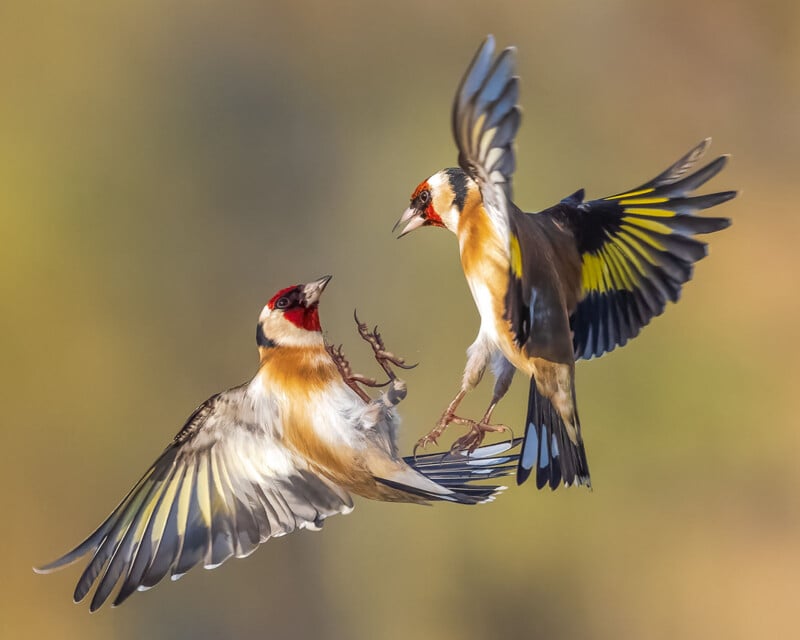
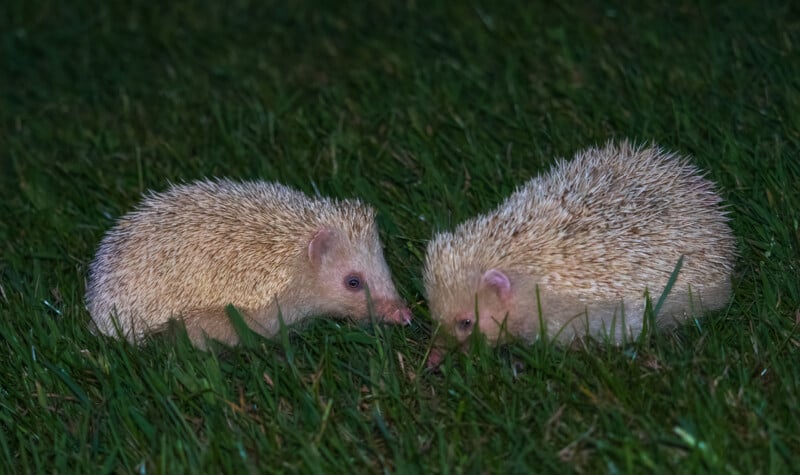
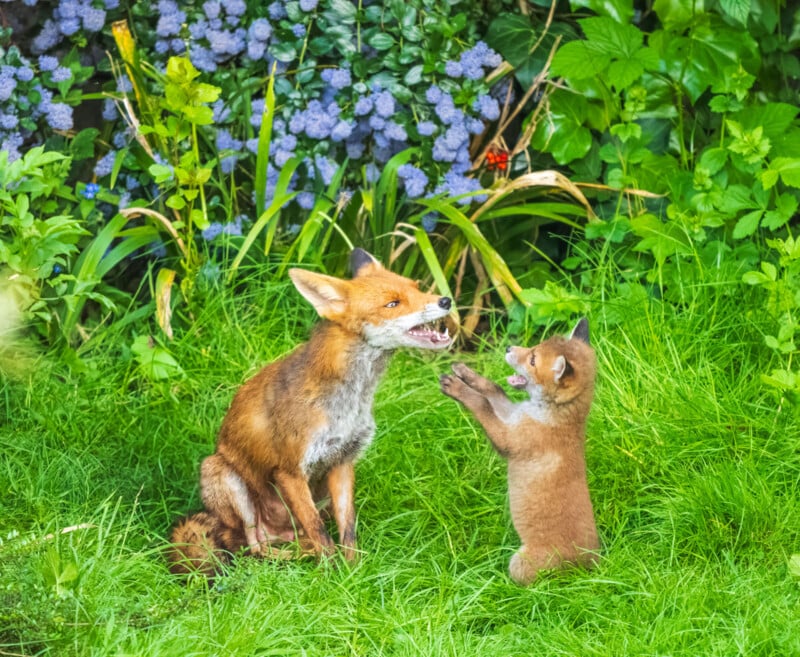
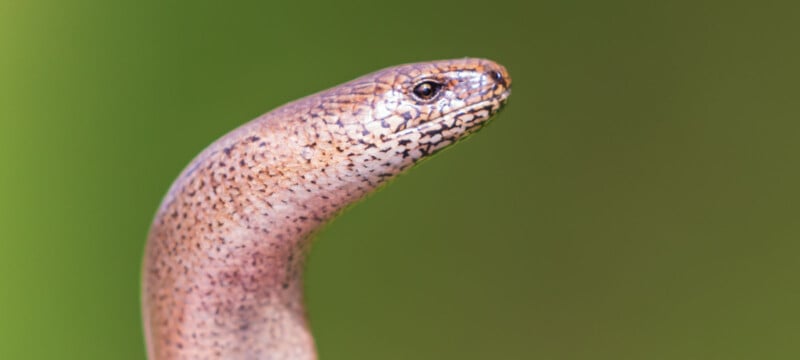
Rare and Elusive Animals
Among some of the most challenging captures in the book was the otter which Fusek-Peters says took “months” of camera trap work.
“We knew that an otter was going through this particular path along this stream and this particular garden in South Shropshire, but it took a lot of patience and a lot of missed shots,” he explains.
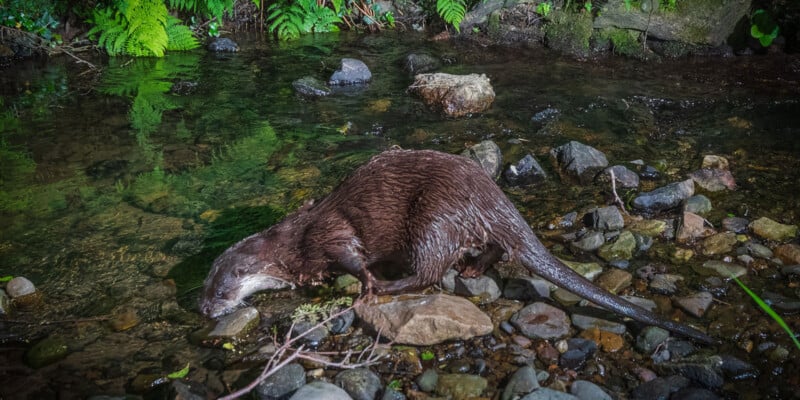
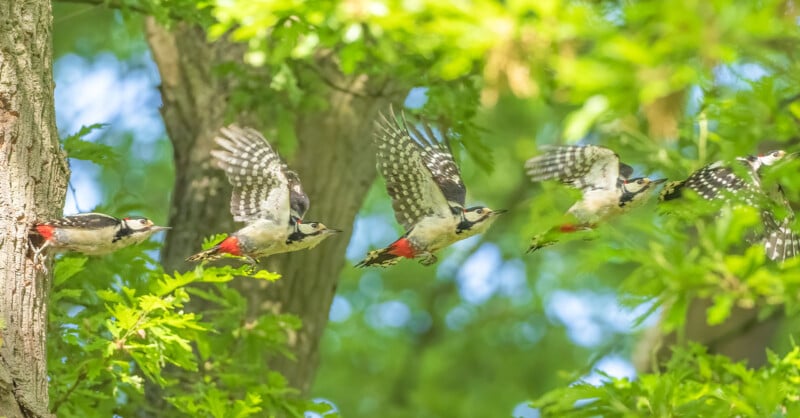
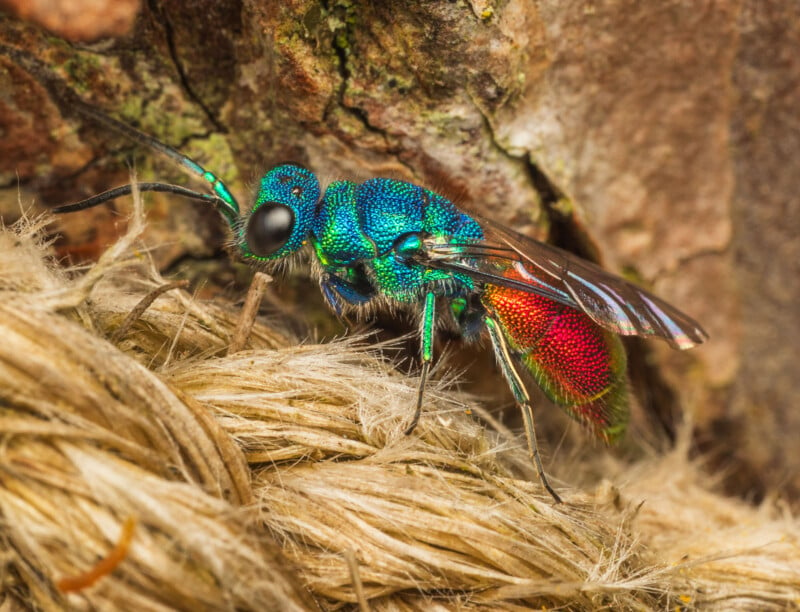
But Fusek-Peters is perhaps most proud of some of the bird shots he captured. PetaPixel previously featured his photos of rainbows appearing through birds’ wings, which are also in the book.
“One of the rarest birds I witnessed is called the firecrest, and I’ve been trying to get a photograph of that bird for years,” he says. “And then in our tiny village in Shropshire, they bred last year. I mean, it’s just bonkers.”
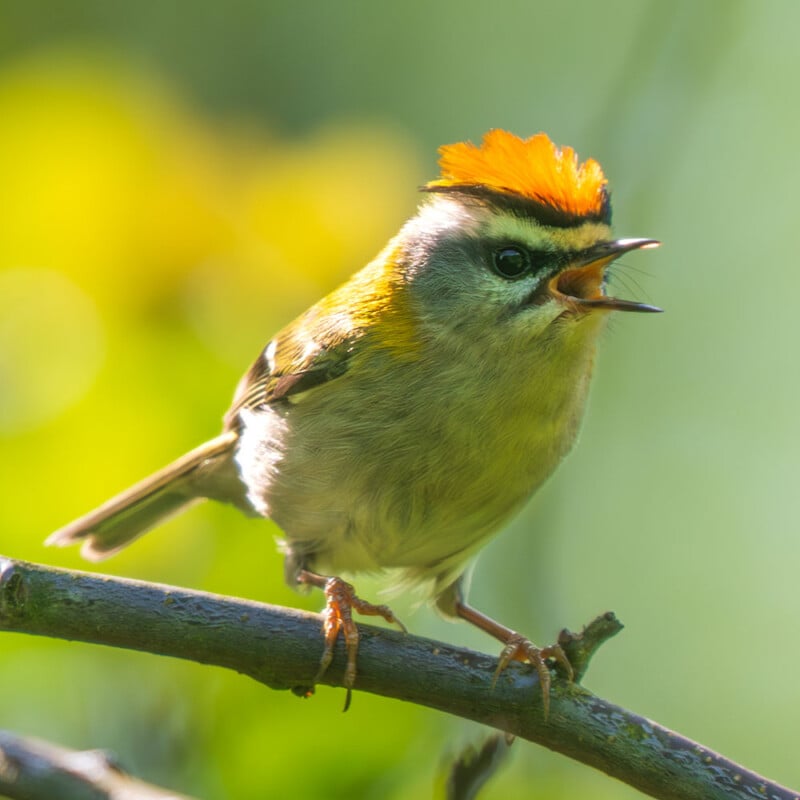

Fusek-Peters says that capturing certain birds midflight, such as the goldfinch, or two siskins fighting, took a “brutal” amount of work.
“They’re not going to perform for you, are they? They’re fighting because there’s some food and they’re cold and it’s winter, and they want the sunflower seeds,” he says. “I’d say 10 to 20 thousand photos that are really rubbish for one photo that might be good. You’ve got to put in the time.”
Garden Safari is published by Graffeg and is out May 8.
Image credits: Photographs by Andrew Fusek-Peters